The Discussion section of a research article is where you interpret the results of your study and explain their significance. This section should be well-written and carefully organized and clearly explain your findings' implications.
Here are some tips for writing a great Discussion section:
1. Start by summarizing your main findings: Begin your Discussion by summarizing the key findings of your study. This should include a brief overview of the results you obtained and should highlight any significant or unexpected findings.
2. Explain the implications of your findings: After summarizing your findings, you should explain what they mean and why they are important. This may involve discussing how your results support or contradict existing theories or research or add new insights to your field.
3. Discuss the limitations of your study: It is important to be honest about the limitations of your study and to discuss how these limitations may have affected your results. For example, you may have had a small sample size or limited data, or your study may have been conducted in a specific context that may not generalize to other settings.
4. Offer suggestions for future research: Finally, you should offer suggestions for future research that could build on your findings. This may involve proposing new research questions or hypotheses or suggesting ways to improve upon the methods you used in your study.

